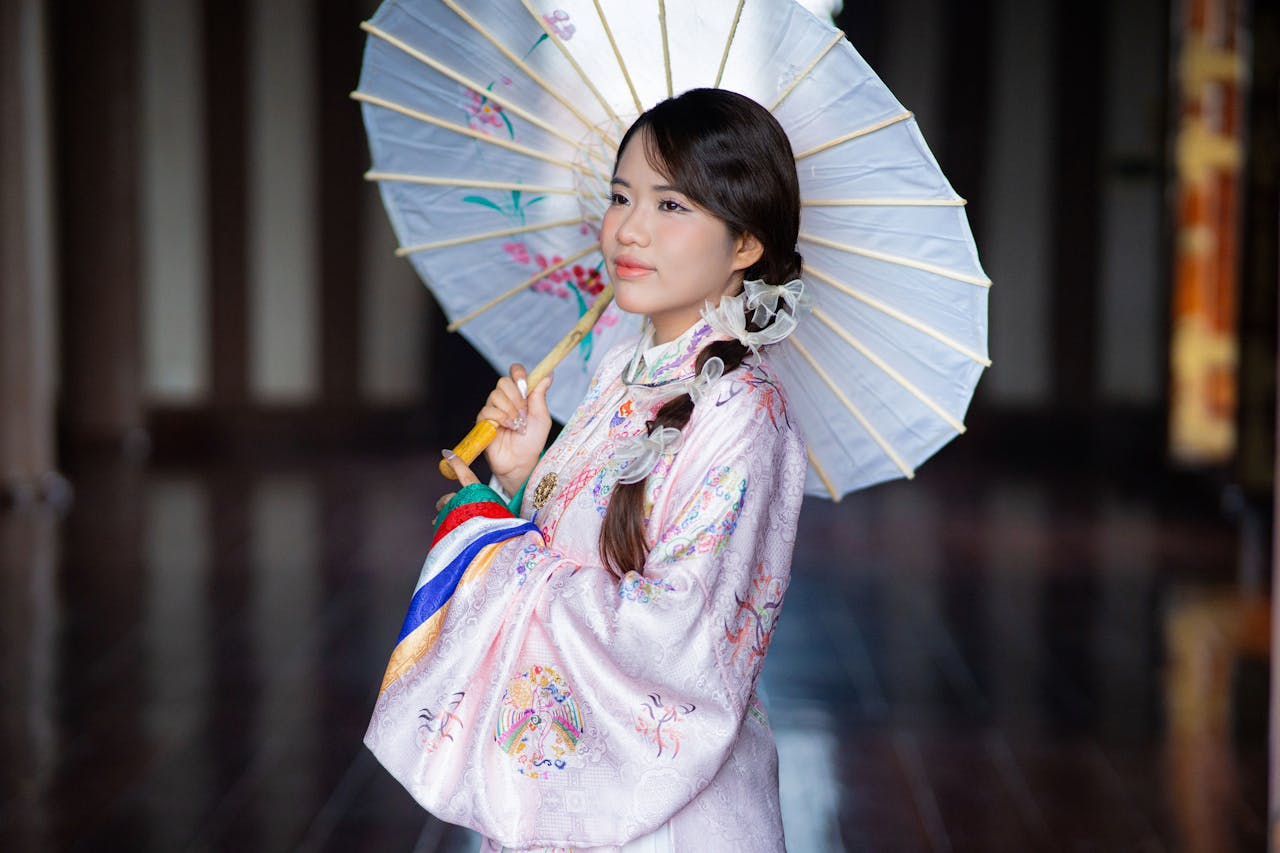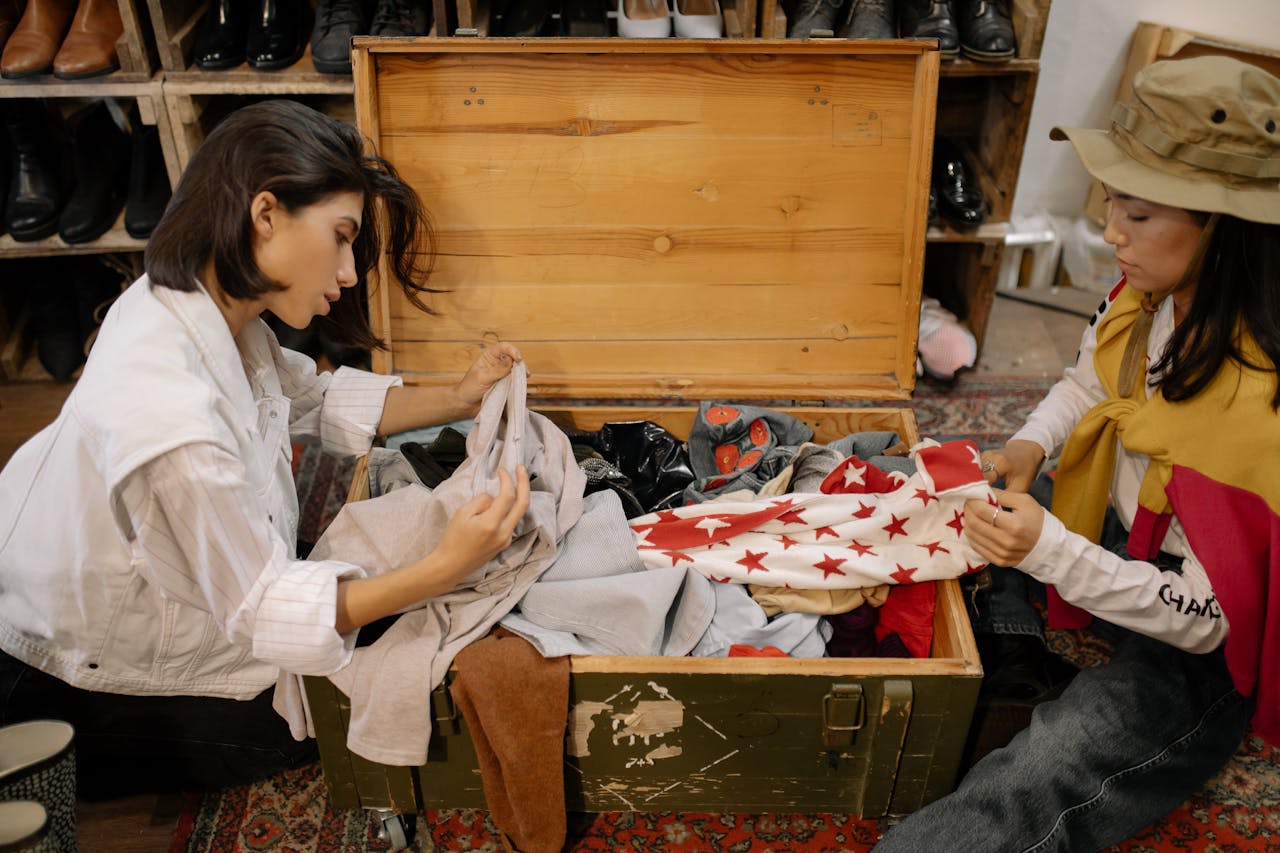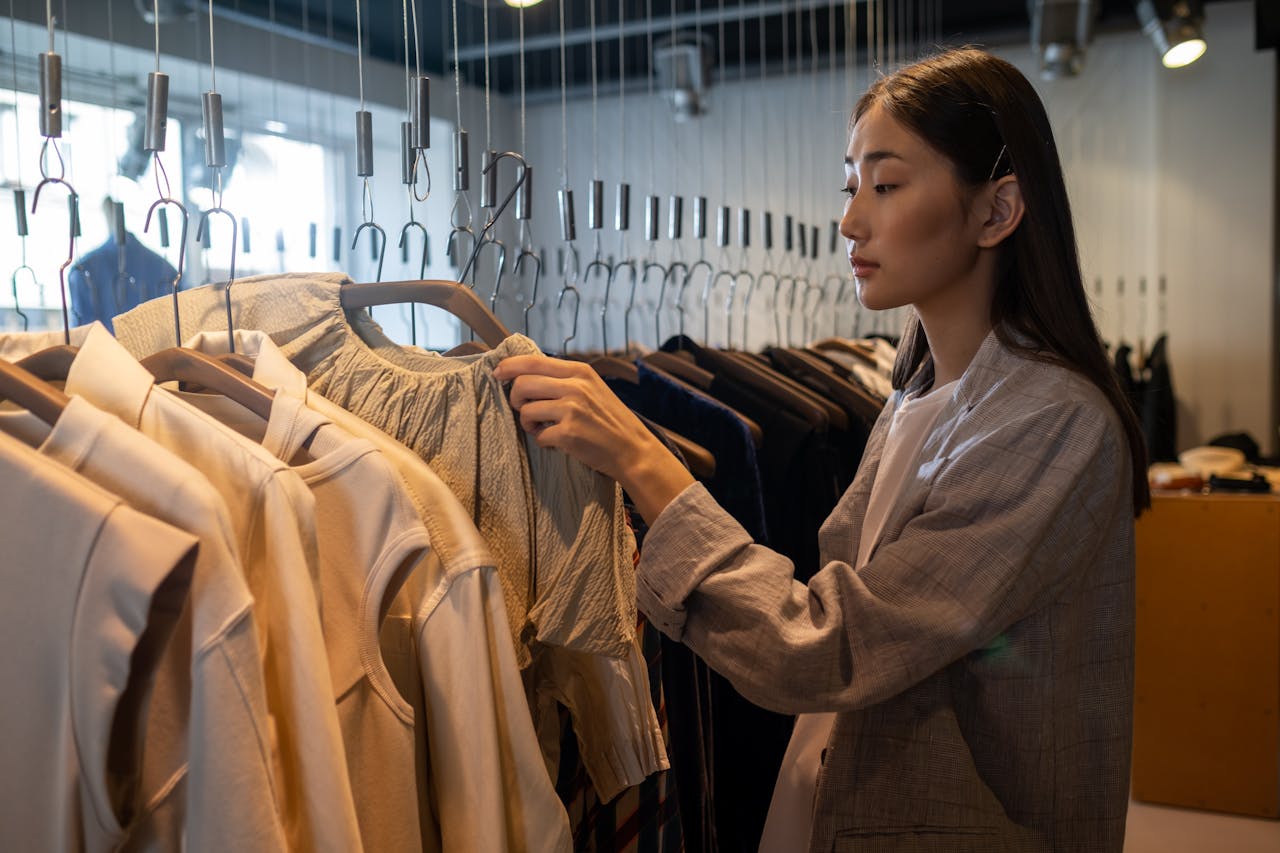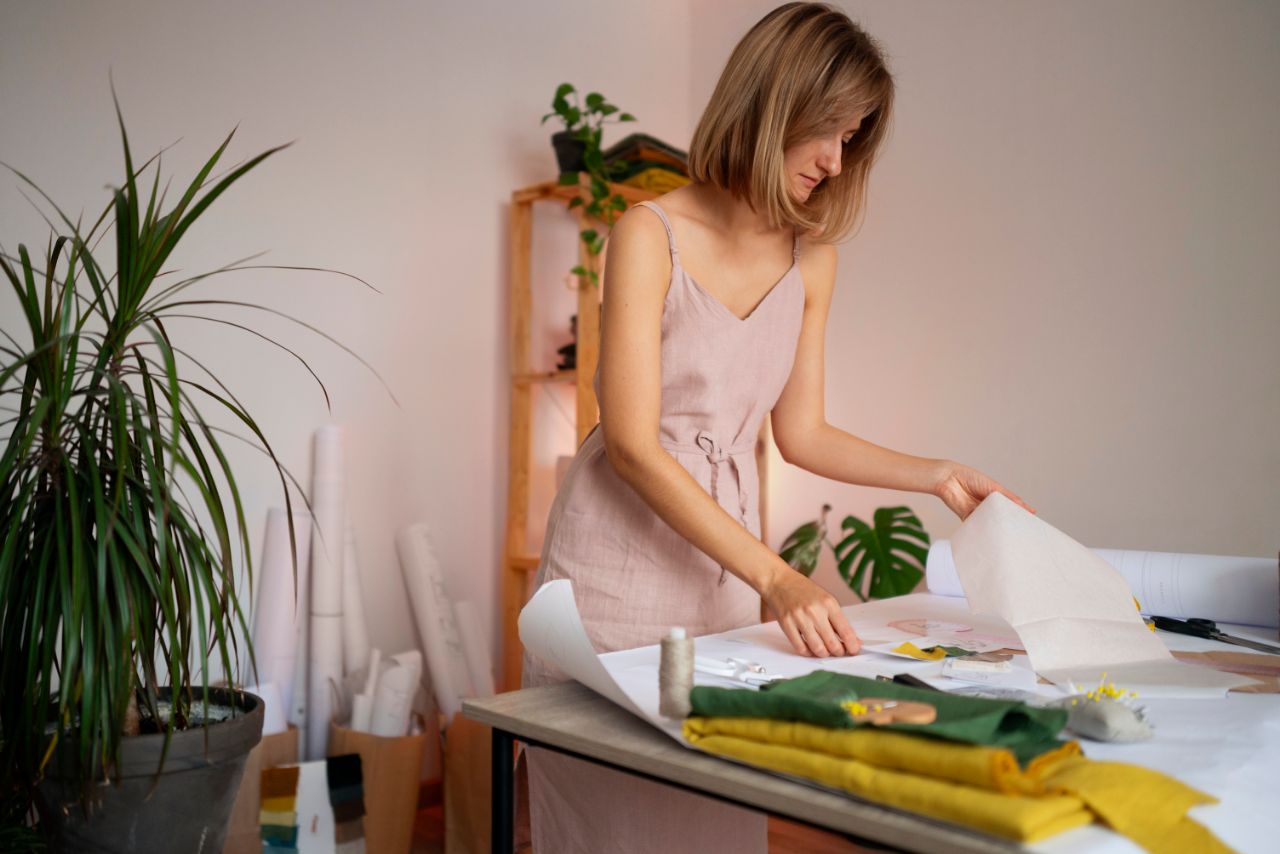Innovative Materials: The Rise of Bio-Based Fabrics in Sustainable Fashion
The fashion industry is undergoing a significant transformation as it incorporates bio-based components to promote Sustainable Fashion. Made from renewable biological sources, sustainable textiles are being revolutionized by eco-friendly materials. Despite climate change and environmental destruction remaining significant concerns, numerous brands and consumers are seeking alternative fabrics to minimize ecological impact. This transformation is not temporary, but instead a necessary step towards a more mindful future, highlighting the importance of fashion innovations.
Understanding Bio-Based Fabrics
Bio-based fabrics are textiles produced from natural, renewable sources such as plants, algae, and fungi. Unlike traditional textiles that often rely on petroleum-based synthetics, these sustainable textiles offer a more eco-friendly alternative. They are designed to be biodegradable and compostable, reducing the negative effects on the environment. Moreover, the cultivation and production of bio-based materials typically require fewer resources, such as water and energy, and generate less pollution compared to conventional fabric manufacturing.
One of the major advantages of bio-derived textiles is their ability to decrease microplastic contamination. In contrast to synthetic materials such as polyester, which release microplastics into water systems when washed, bio-based fabrics decompose naturally without causing harm to ecosystems. By switching to these sustainable materials, the fashion sector can aid in decreasing the buildup of microplastics in our oceans and landfills. Designers and manufacturers are being pushed to innovate and include more plant-based clothing options in their collections due to increasing awareness.
Popular Bio-Based Fabrics Transforming Fashion
Several innovative bio-based fabrics are making waves in the fashion industry, offering alternatives that are both stylish and eco-friendly:
Mushroom Leather (Mycelium Leather): Derived from the root structure of mushrooms, mushroom leather is a sustainable alternative to traditional animal leather. This material has a similar texture and durability to leather but without the high environmental cost associated with livestock farming. Mushroom leather requires less water and land, and it emits fewer greenhouse gases during production. Brands like Stella McCartney and Adidas are already using mushroom leather in select products, demonstrating its versatility and appeal. This material also has the added advantage of being entirely biodegradable, making it an excellent option for environmentally conscious consumers.
Algae Fibers: Algae-derived fabrics are becoming popular due to their environmentally friendly qualities and cutting-edge manufacturing methods. The cultivation of algae fibers is eco-friendly as they are biodegradable, which can benefit the environment. The practice of algae farming aids in capturing extra carbon dioxide from the air and does not depend on arable land, making it an extremely sustainable choice. Startups and research laboratories are testing out algae for creating different types of fabrics, such as soft textiles for clothing and high-performance materials for athletic wear. The fashion industry has great potential for utilizing algae fibers due to their environmental advantages and distinctive textural properties.
Piñatex (Pineapple Leaf Fiber): Made from the fibers of pineapple leaves, Piñatex is a plant-based material used as an alternative to leather. This fabric utilizes agricultural waste, giving a second life to a by-product that would otherwise be discarded. Piñatex is durable, lightweight, and flexible, making it suitable for a range of fashion applications, from shoes to handbags. The use of pineapple leaf fibers supports local farmers by providing an additional source of income and promoting resource efficiency in pineapple-producing regions. As a result, Piñatex has become a favorite among designers looking for sustainable yet stylish options.
Hemp and Bamboo: Hemp and bamboo are both rapidly growing plants that need little water and pesticides. Hemp is recognized for its versatility and eco-friendly properties, with its fibers prized for their robustness and longevity. Fabrics made from hemp are airy, naturally mold and UV resistant, and easily break down in the environment. However, bamboo is appreciated for its soft and smooth texture. Manufacturing bamboo fabric sustainably involves using mechanical processing rather than chemical methods. Thanks to their performance qualities and minimal environmental impact, these sustainable materials are becoming more and more popular in everyday wear, activewear, and even high-end collections.

The Science Behind Bio-Based Innovation
The development of bio-based fabrics involves advanced textile technology and innovative processes that aim to minimize environmental impact. Here’s how the production journey typically unfolds:
Cultivation and Harvesting: The process starts by growing the necessary raw materials. Crops such as hemp, bamboo, and algae are cultivated through environmentally friendly farming methods. Bamboo can grow quickly without the use of chemical fertilizers, and hemp is recognized for its capacity to enhance soil health. In the same way, algae are cultivated in managed aquatic environments, taking in carbon dioxide and thriving effectively.
Processing: Once harvested, the raw materials are processed into usable fibers. This stage is critical, as it determines the fabric’s quality and sustainability. Hemp and bamboo fibers, for example, are extracted and processed into yarns using eco-friendly methods that avoid harmful chemicals. Mycelium, the root network of mushrooms, is grown in labs under controlled conditions, where it forms sheets that can be treated to mimic leather. These processes ensure that the end product maintains the desired properties while keeping the environmental footprint low.
Finishing: The last step includes processing the fibers to enhance strength, feel, and appearance. Numerous bio-based textiles are colored with natural, non-harmful pigments in order to boost their environmentally-friendly attributes. Advancements in textile technology have resulted in the creation of coatings and treatments that increase the longevity of these materials while still maintaining their biodegradability. This combination of science and art showcases the exciting possibilities of bio-based textiles to transform the fashion sector.
Environmental and Economic Impact
The environmental benefits of bio-based fabrics are substantial. One of the most notable advantages is the reduction in greenhouse gas emissions. Traditional textile production, especially with synthetic materials like polyester, is a significant contributor to global carbon emissions. In contrast, bio-based materials generally have a much lower carbon footprint. For instance, growing mycelium for mushroom leather emits a fraction of the carbon dioxide compared to cattle farming for leather.
Another crucial aspect is the biodegradability. Several bio-based textiles naturally break down, easing the strain on landfills and averting lasting harm to the environment. This is a stark difference from artificial materials, which may require centuries to decompose. Moreover, bio-based fabrics typically use less water during manufacturing, which is advantageous for areas dealing with water shortages.
From an economic standpoint, the rise of bio-based fabrics can create new opportunities. The market for sustainable textiles is expanding, and investing in eco-friendly materials can be a lucrative endeavor for companies. Moreover, bio-based fabric production supports local farmers and sustainable agricultural practices. However, there are challenges, such as higher production costs and scalability issues, that need to be addressed. Innovations in textile technology and increased consumer demand could help drive down costs over time.
Consumer Awareness and Adoption
American consumers are becoming increasingly aware of the environmental impact of their clothing choices. This heightened awareness is driving demand for sustainable textiles and plant-based clothing. In a recent survey, more than 60% of American shoppers expressed a preference for eco-friendly materials and ethical production practices. This trend is encouraging brands to incorporate bio-based fabrics into their collections and to be transparent about their sourcing and production methods.
For instance, Patagonia has been a leader for a long time in utilizing sustainable materials such as hemp and recycled fibers to produce environmentally friendly outdoor clothing. The dedication of the company to transparency and environmental advocacy has encouraged numerous consumers to prioritize sustainability. Allbirds is another instance of a footwear brand utilizing sustainable materials such as merino wool and foam made from sugarcane. Emphasizing its low carbon footprint and commitment to renewable resources has helped the brand build a loyal following.
Educational initiatives and certifications, such as the Global Organic Textile Standard (GOTS) and the Forest Stewardship Council (FSC), play a crucial role in helping consumers make informed choices. By understanding the origins and benefits of bio-based fabrics, shoppers are more likely to support eco-friendly brands and push for industry-wide change. Influencers and fashion innovators also play a significant role in promoting sustainable fashion trends, using social media platforms to reach a broader audience.
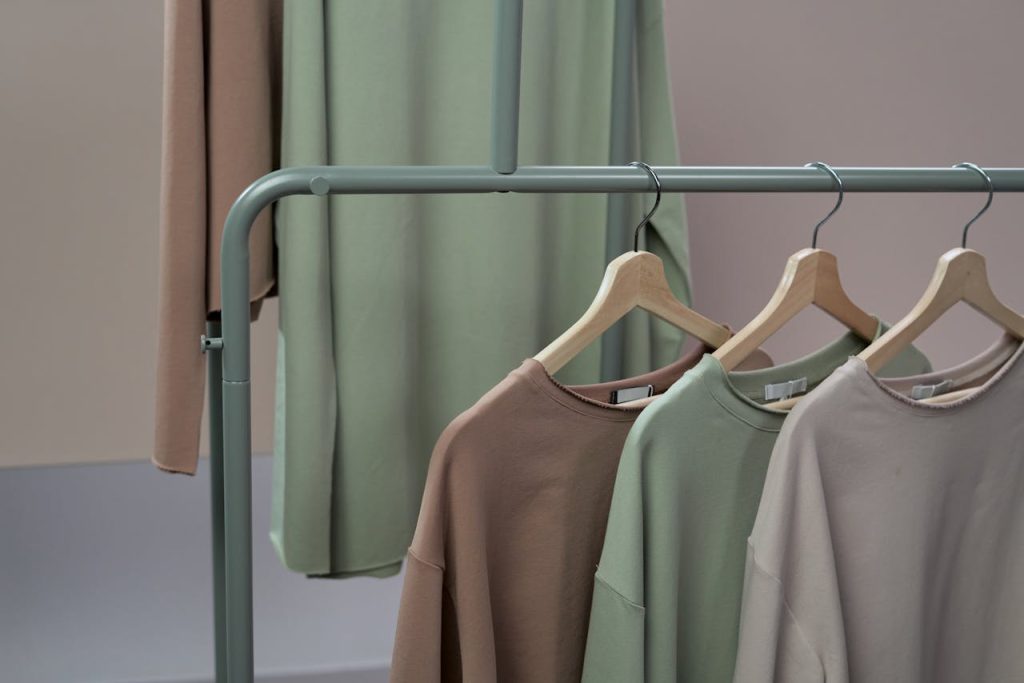
The Future of Bio-Based Fabrics in Fashion
Textile technology advancements are paving the way for a promising future for bio-based fabrics in the fashion industry. Current research is dedicated to enhancing the characteristics of these materials in order to make them more competitive with conventional fabrics. Scientists are working on creating more durable and water-resistant types of mushroom leather to expand its use in the fashion and accessories industries. In the same way, algae-derived materials are being developed to improve their durability and texture.
Government policies and industry standards are also likely to play a pivotal role in the widespread adoption of bio-based fabrics. Incentives for sustainable practices and regulations to limit the use of harmful chemicals could accelerate the transition. Additionally, collaborations between fashion brands, material innovators, and research institutions are fostering innovation and creating a more cohesive ecosystem for sustainable fashion.
Looking forward, the integration of bio-based fabrics into mainstream fashion could become the norm rather than the exception. As consumers continue to prioritize eco-friendly options, brands will be motivated to invest in sustainable textiles and adapt their business models. The potential for a more sustainable and ethical fashion industry is within reach, and bio-based fabrics are set to play a central role in this transformation.
Conclusion
The increase in bio-derived textiles signifies a major move towards sustainability in the fashion sector. By adopting sustainable materials such as mushroom leather, algae fibers, and plant-based textiles, the industry can lower its environmental footprint and satisfy the increasing need for eco-friendly fashion. Ongoing innovation, educating consumers, and implementing supportive policies are essential for the progression of this movement and in shaping a more sustainable future for the fashion industry. The path to a more sustainable closet has just started, yet by taking the proper actions, it offers the potential for a beneficial and enduring influence on our world.

